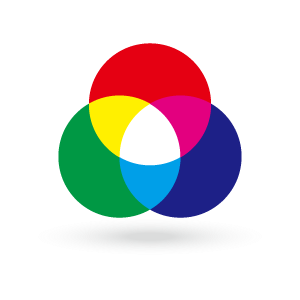Projector
Monitor
Lighting
Digital Display
Job References
This site uses cookies. By continuing to browse the site you are agreeing to our use of cookies, you can also manage preferences.
This site uses cookies. By continuing to browse the site you are agreeing to our use of cookies, you can also manage preferences.
Projector
Monitor
Lighting
Digital Display
Job References
Projector
Monitor
Lighting
Digital Display
Job References
Knowledge Center SupportLet’s take a look at the four photos shown below. Each of the photos is shown on four different screen monitors. Note how different the colors look on the monitors. Before color management is implemented on the four devices, there are visible color differences due to varying hardware technologies and color settings. The default color settings, for example, color temperature, saturation and contrast, you find on your home’s display will generally cater to the color needs of typical use. However, for commercial printing companies and for freelancers and professionals whose work requires color precision, color management becomes essential in their workflow.

LCD monitors of the same model will also exhibit color mismatch due to deviations in backlight modules and color filters. Calibration can reduce the color differences between displays.
Below are devices that use different color systems to produce color. Optical devices use additive color mixing while print devices use subtractive color mixing.
1.Optical input devices: cameras, scanners
2.Optical output devices: monitor displays, projectors
3.Print device: printers
Additive color theory states that colors are produced by mixing light, specifically red, green and blue light. These three colors are called the primary colors for additive color model. Other colors can be produced by mixing various amounts of red, green and blue light to create secondary colors: cyan, magenta, and yellow. Mixing red and green light gives you yellow light. The overlap of green and blue produces cyan. By combining blue light and red light, magenta is produced. When all three primary colors are added together, white light is created.
The commonly used RGB color space uses the additive color model where red, green and blue light are mixed in various amounts to create a broad range of colors.

In the subtractive color system, colors are produced by mixing colorants. Certain colors of light are absorbed (subtracted) by the colorants whereas others are reflected and seen by the viewer. The subtractive primary colors are cyan (C), magenta (M), and yellow (Y). If we mixed yellow and cyan, we would get green; mixing yellow and magenta gives us red; and combining magenta and cyan produces blue. Theoretically, the combination of all three primary colors would give us black; however, in reality, a dark brown results. Hence, a fourth color, black (K), is added to color printing to compensate for the imperfect color produced from the primary color trio.
This subtractive color model is referred as the CMYK color space comprising of cyan (C), magenta (M), yellow (Y) and black (K).

Thanks for your feedback!